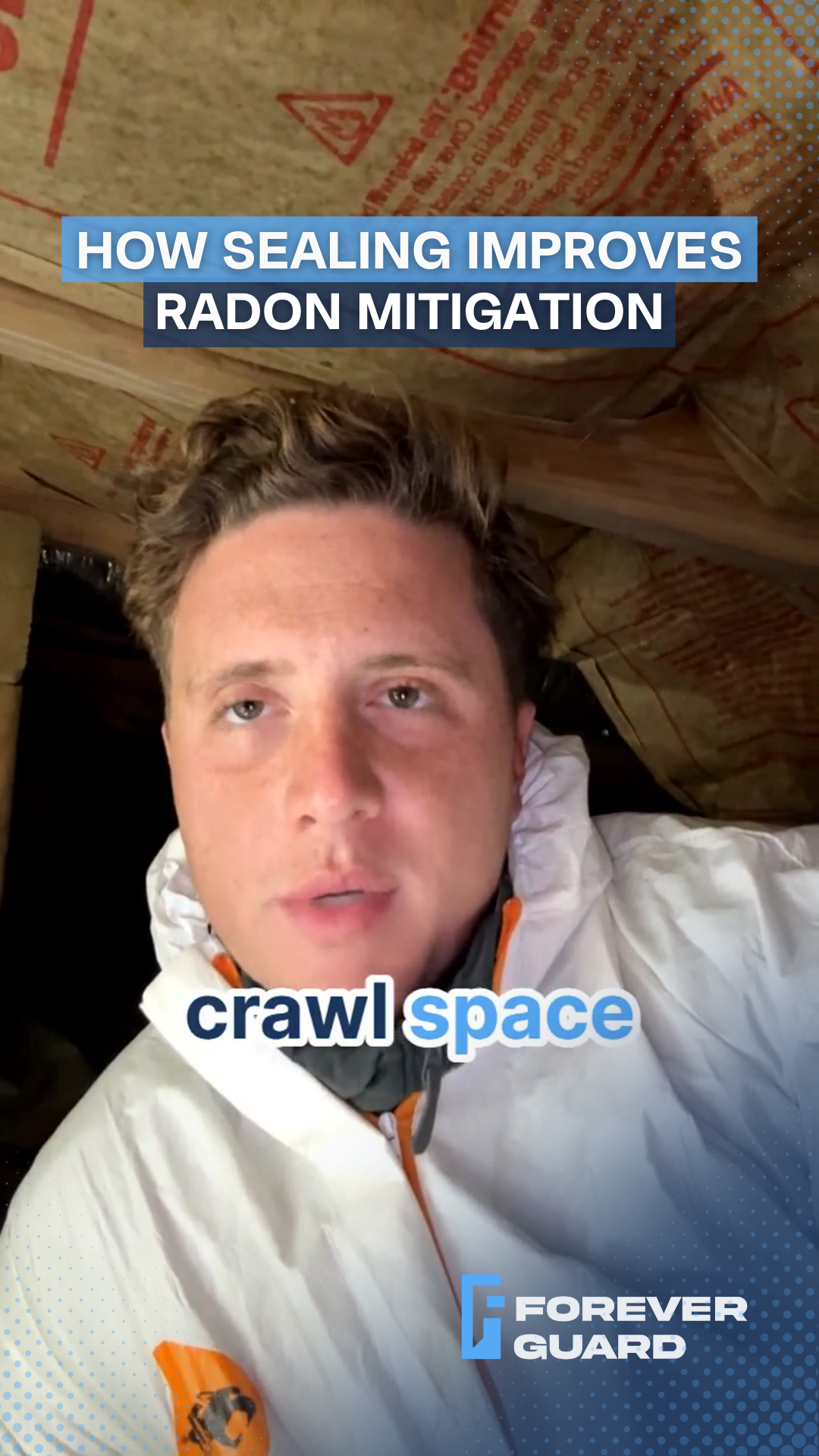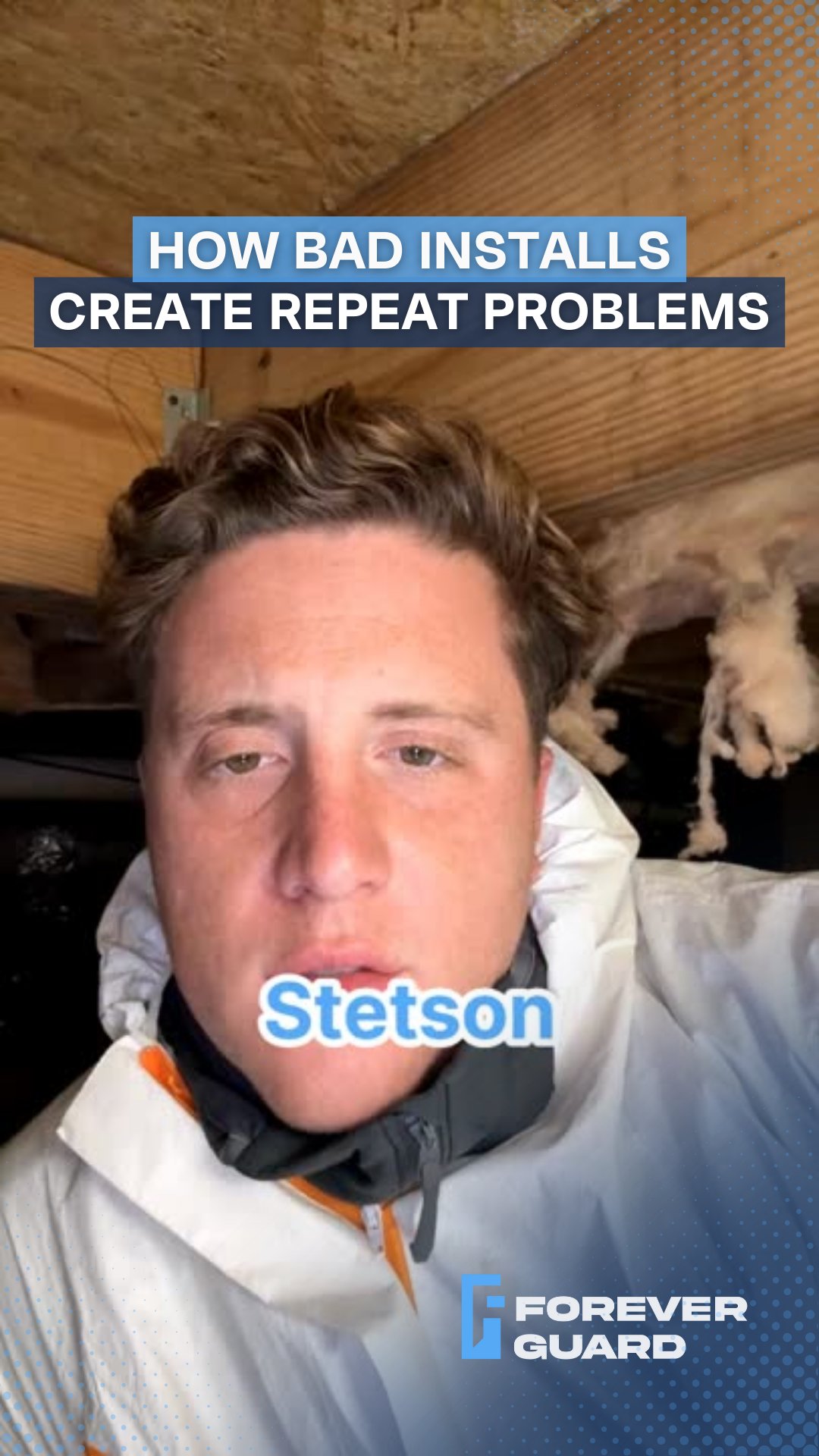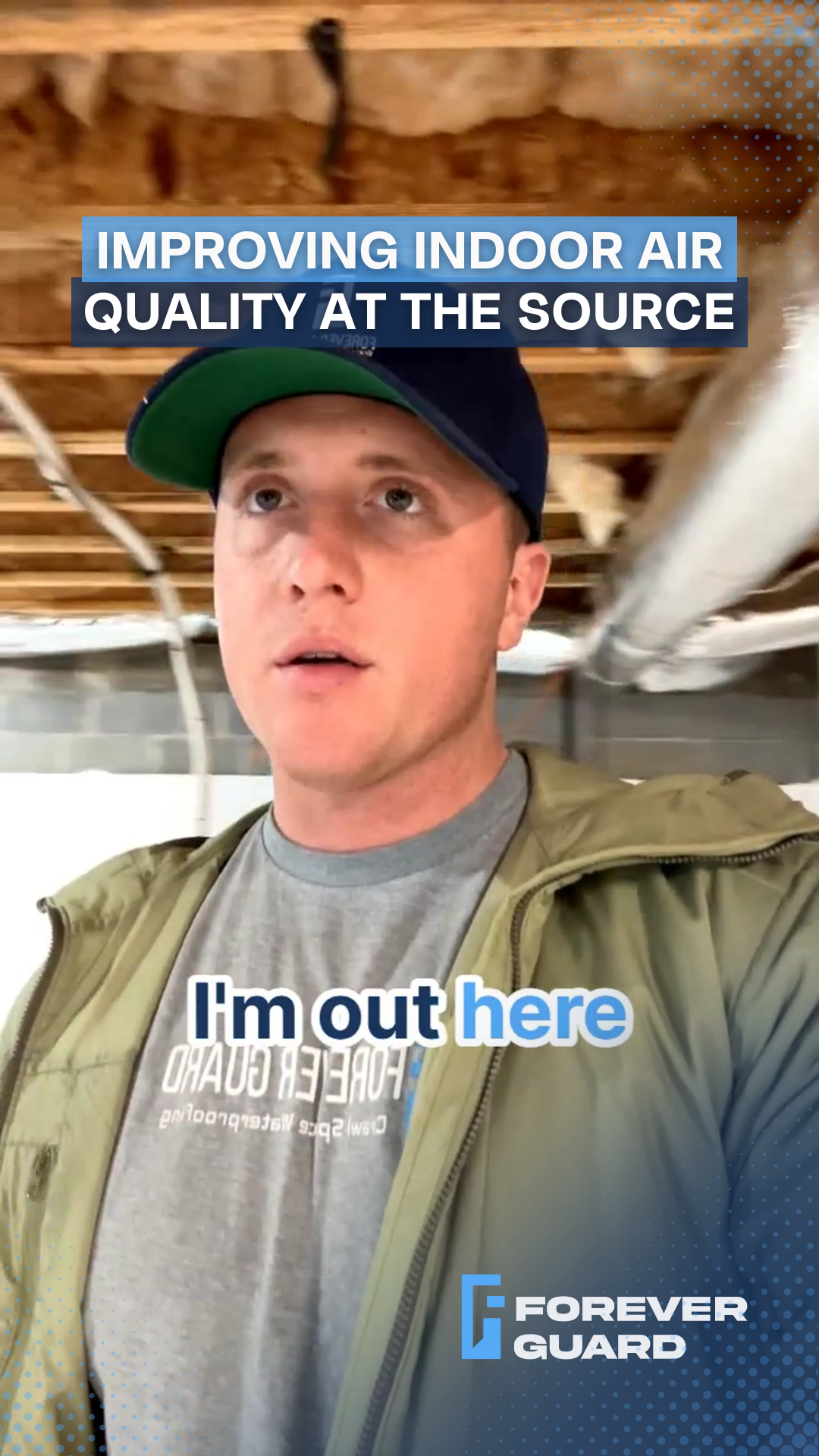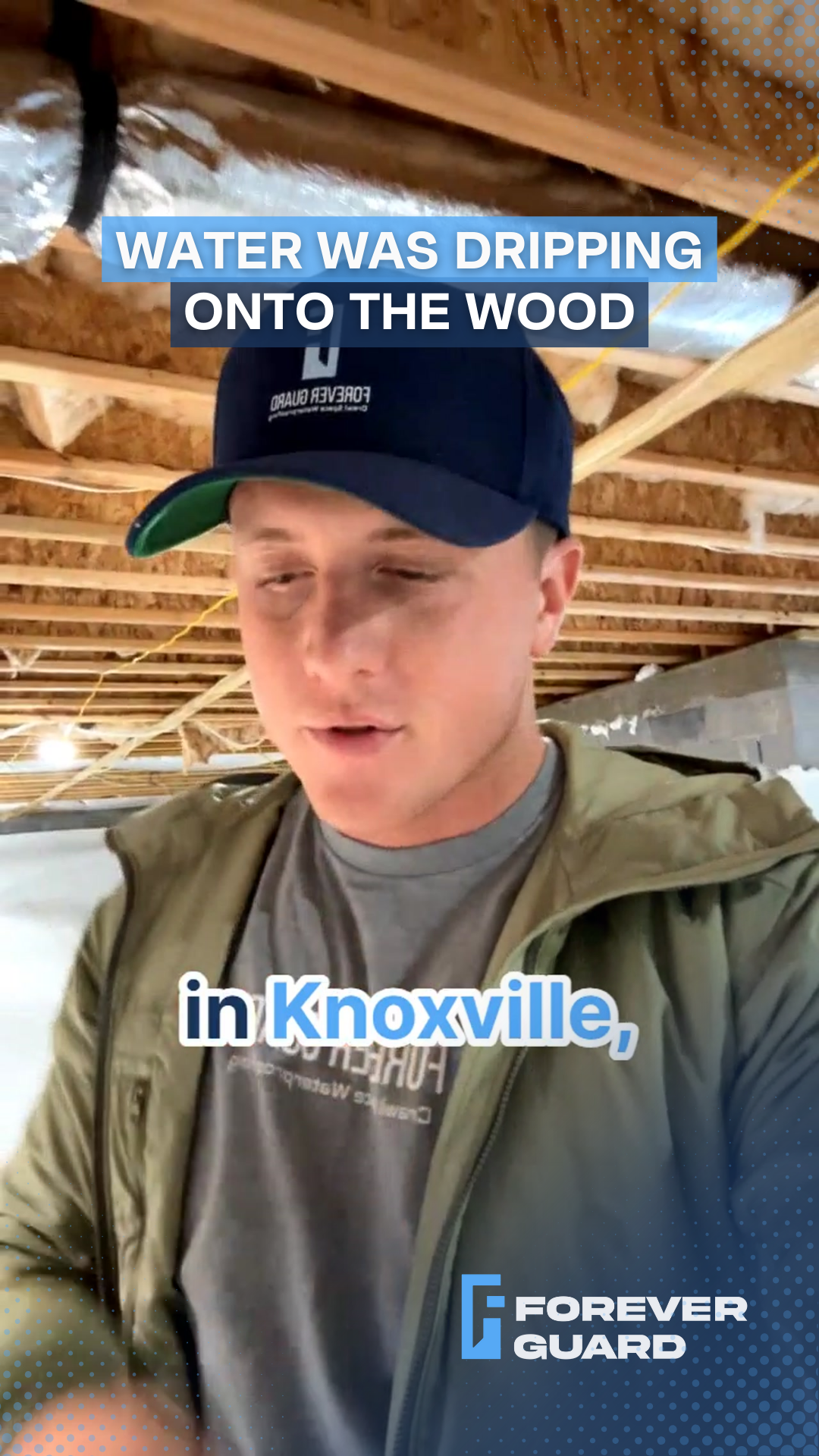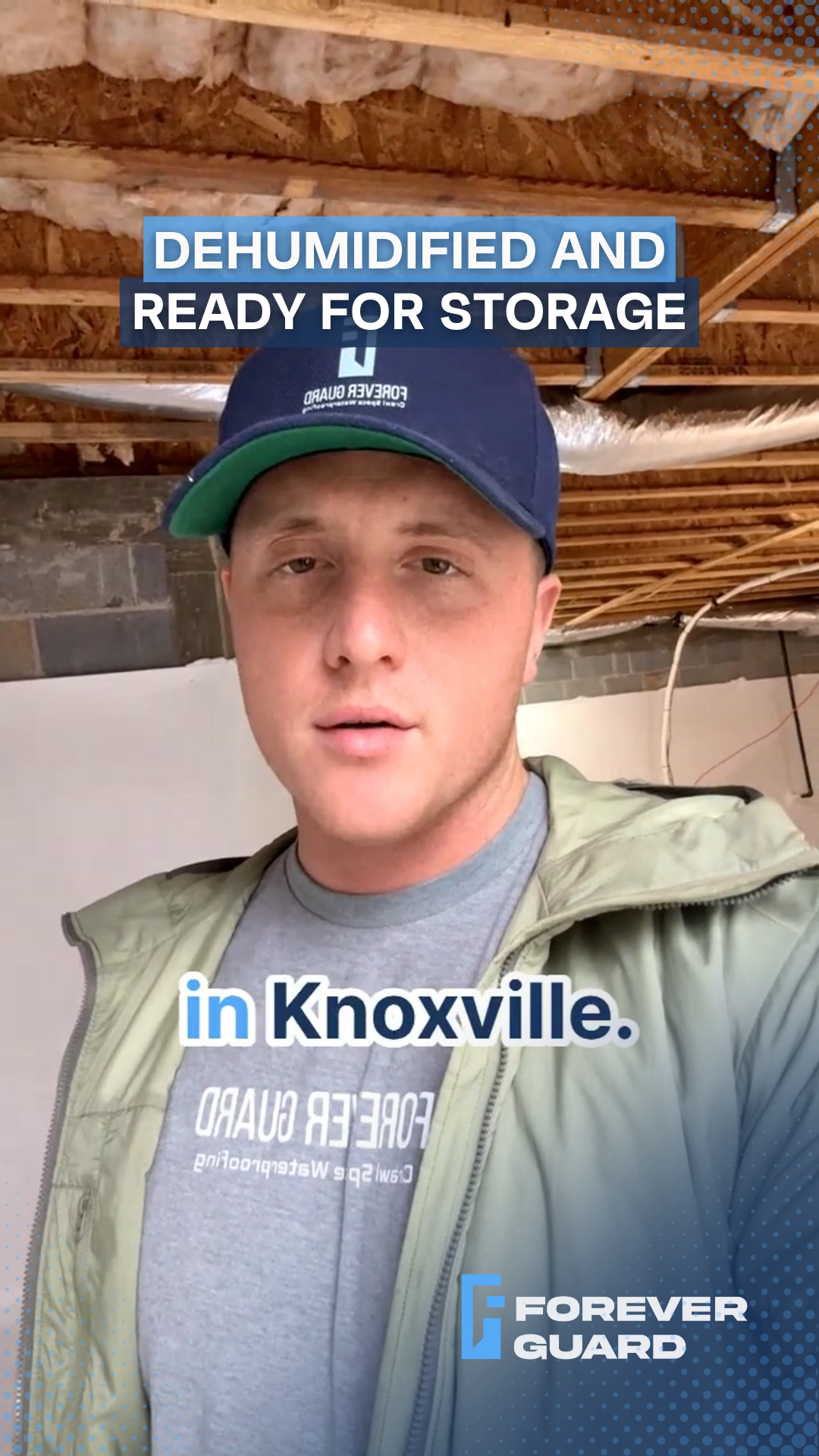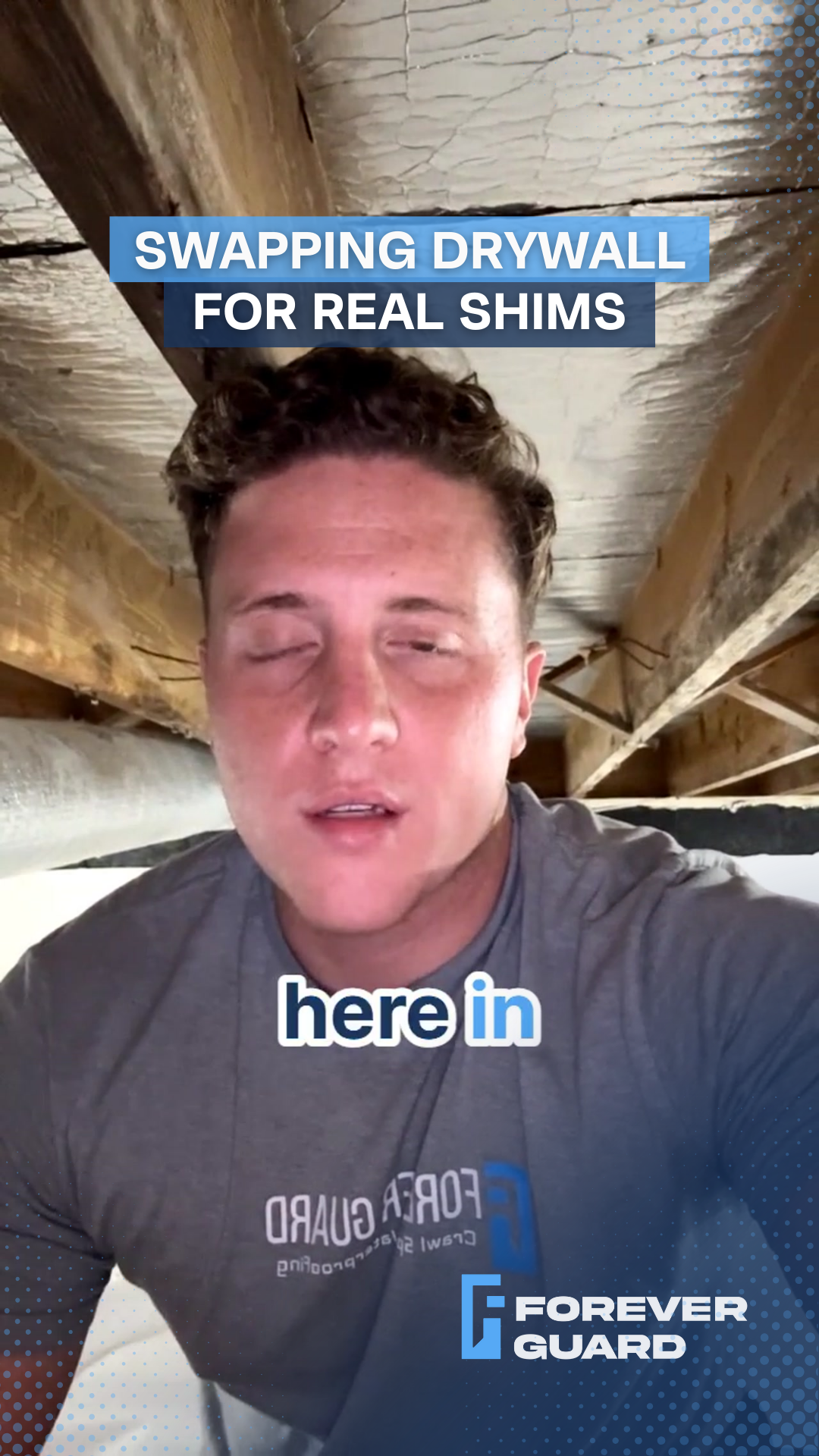Blog

Right now, I'm in Honduras on a scuba diving trip. And yes, I'm still taking phone calls from customers. The service is spotty, but when I can get a signal, I'm answering questions. This week alone, I've helped several customers, scheduled appointments, and talked through concerns about how cold weather affects crawl

I'm sitting here in Honduras on a scuba diving trip with my wife, and you know what keeps happening? People ask me about their crawl spaces. It sounds crazy, but it's true. Multiple people on this trip have pulled me aside to ask about work they've had done. They want to know if they overpaid. They're wondering if the
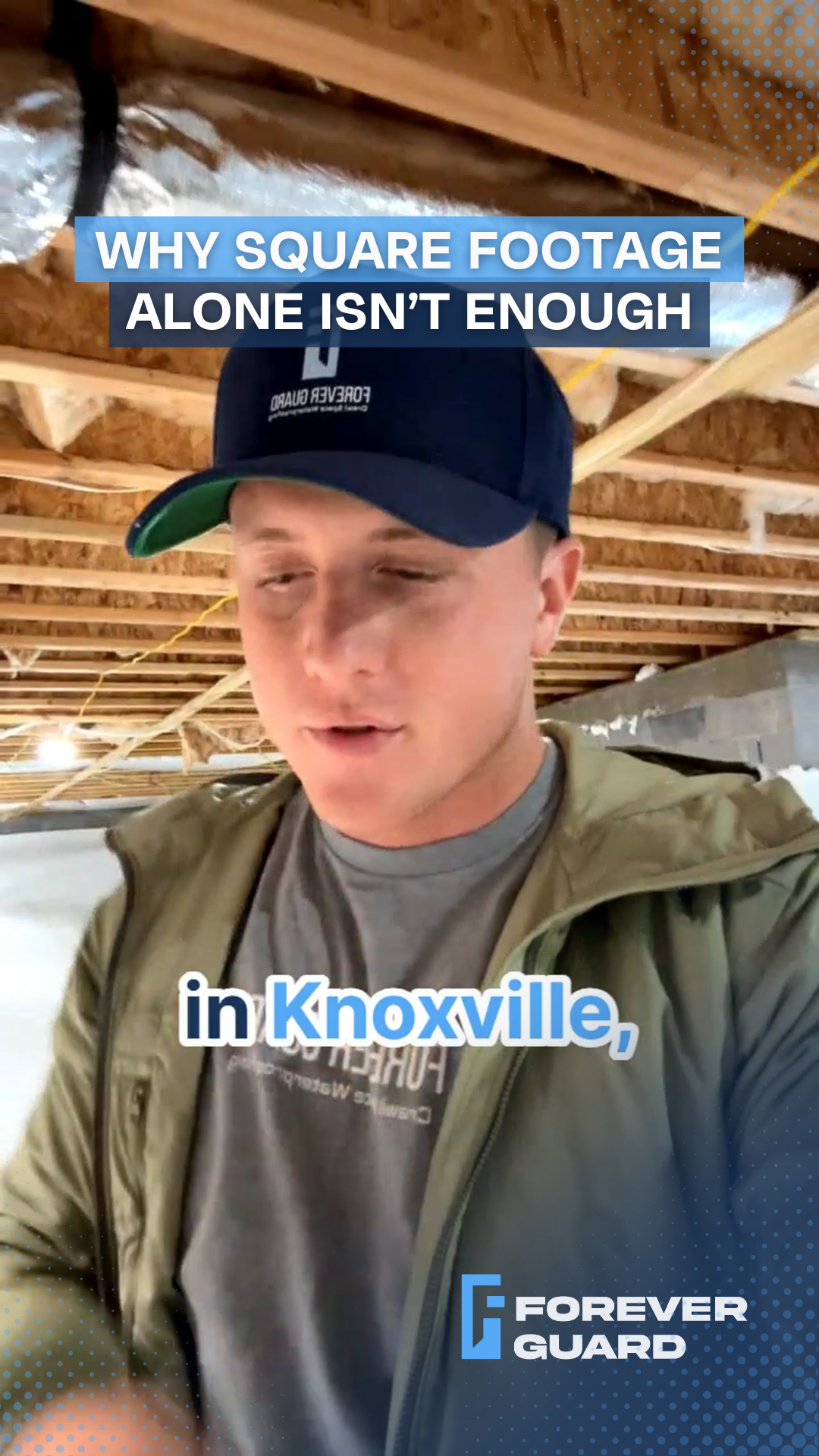
You've probably noticed it - your crawl space dehumidifier runs constantly. The tank fills up, the unit kicks back on, and the cycle never stops. But when you check on things, your crawl space still feels damp. There's still that musty smell. And you're left wondering if the equipment is actually doing anything.
